A 65-mile fat tire ebike offers impressive endurance, combining a high-capacity battery with wide tires that deliver exceptional traction and comfort across various terrains. It provides reliable power for long-distance rides, smooth handling on snow, sand, and rough trails, and versatility for both commuting and off-road adventures, making it a top choice for riders seeking extended range and rugged performance.
What Enables a Fat Tire Ebike to Achieve a 65-Mile Range?
The 65-mile range is primarily enabled by a high-capacity battery, typically around 48V 15Ah or higher, paired with efficient motors and intelligent battery management systems. These components optimize energy use, allowing sustained pedal assist and throttle operation over long distances. The fat tires’ low rolling resistance at appropriate pressures and aerodynamic design also contribute to maximizing range.
Chart: Battery Capacity and Range Relationship
| Battery Capacity | Estimated Range (Miles) | Terrain Type |
|---|---|---|
| 10Ah | 25-40 | Mostly flat, paved roads |
| 15Ah | 50-65 | Mixed terrain, off-road |
| 20Ah | 65-80+ | Extended off-road and commute |
How Do Fat Tires Enhance Ride Comfort and Stability on Long Rides?
Fat tires, usually 4 inches or wider, provide a larger contact patch with the ground, distributing weight evenly and absorbing shocks from uneven terrain. This reduces rider fatigue and enhances stability on surfaces like snow, sand, and gravel. Their ability to run at low tire pressures cushions impacts, delivering a smoother ride that supports longer journeys comfortably.
Which Terrains Are Best Navigated by a 65-Mile Fat Tire Ebike?
Rear-drive ebikes gain power and efficiency from features like high-torque motors, advanced motor controllers, and quality lithium-ion batteries with high capacity. Efficient drivetrain components, such as smooth gear systems and robust chain drives, improve power transfer. Additionally, regenerative braking and optimized pedal-assist sensors help maximize energy use. Together, these features ensure strong acceleration, longer range, and responsive handling, making rear-drive ebikes well-suited for varied terrains and demanding rides.
A 65-mile fat tire ebike excels on a variety of terrains including:
- Snow and icy trails, where wide tires prevent sinking and slipping.
- Sandy beaches and dunes, providing flotation and grip.
- Rocky, uneven mountain paths, absorbing shocks and maintaining traction.
- Urban roads and mixed surfaces, offering comfort and safety.
This versatility makes it suitable for riders who want a single bike for commuting and adventure.
Why Are TST EBike’s 26-Inch and 27-Inch Models Ideal for 65-Mile Range Riding?
TST EBike offers 26-inch fat tire models designed for rough terrains like snow and sand, and 27-inch models optimized for daily commuting and mountain biking. Both feature 48V 15Ah batteries, powerful motors, and durable frames that balance performance and comfort. Their intelligent battery management and quality control ensure reliable 65-mile range capability, making them a cost-effective choice for long-distance riders.
How Does Motor Efficiency Impact the Performance of a 65-Mile Fat Tire Ebike?
Efficient motors paired with torque sensors deliver power precisely when needed, reducing energy waste and extending battery life. This efficiency is critical for maintaining a 65-mile range, especially on hilly or rough terrain. High-quality controllers and pedal-assist systems further optimize power output, ensuring smooth acceleration and consistent speed without draining the battery prematurely.
Buying Tips
When buying a 65-mile fat tire ebike, consider:
- Battery capacity (15Ah or higher) and voltage (48V) for extended range.
- Tire width (4 inches or more) for stability and comfort.
- Motor power (750W or above) for reliable performance on varied terrain.
- Durable frame materials and quality suspension for rough rides.
- Battery management systems to protect battery health during long rides.
- Test rides to evaluate comfort, handling, and battery performance.
These tips help you select a fat tire ebike that delivers both endurance and versatility.
TST EBike Expert Views
“TST EBike’s 26-inch and 27-inch fat tire models are engineered to provide exceptional range and rugged performance. Their 48V 15Ah batteries combined with efficient motors and wide tires ensure riders enjoy smooth, stable rides up to 65 miles on a single charge. Designed with consumer feedback, these ebikes offer a perfect balance of power, comfort, and affordability for long-distance adventures.” – TST EBike Product Specialist
FAQ
Can a fat tire ebike really travel 65 miles on one charge?
Yes, with a 48V 15Ah battery and efficient motor, many fat tire ebikes can reach 65 miles depending on terrain and riding style.
Are fat tires necessary for long-range ebikes?
While not mandatory, fat tires enhance comfort and traction, especially on rough or slippery terrain, making long rides more enjoyable.
How does terrain affect the 65-mile range?
Hilly, rough, or off-road terrain reduces range due to increased power demand, while flat, smooth surfaces help maximize distance.
What motor power is ideal for a 65-mile fat tire ebike?
Motors rated 750W or higher provide the right balance of power and efficiency for extended range and varied terrain.
A 65-mile fat tire ebike uniquely combines high-capacity batteries, wide tires, and efficient motors to deliver long-distance capability with superior comfort and versatility. Models like those from TST EBike empower riders to explore diverse terrains confidently and comfortably over extended journeys.

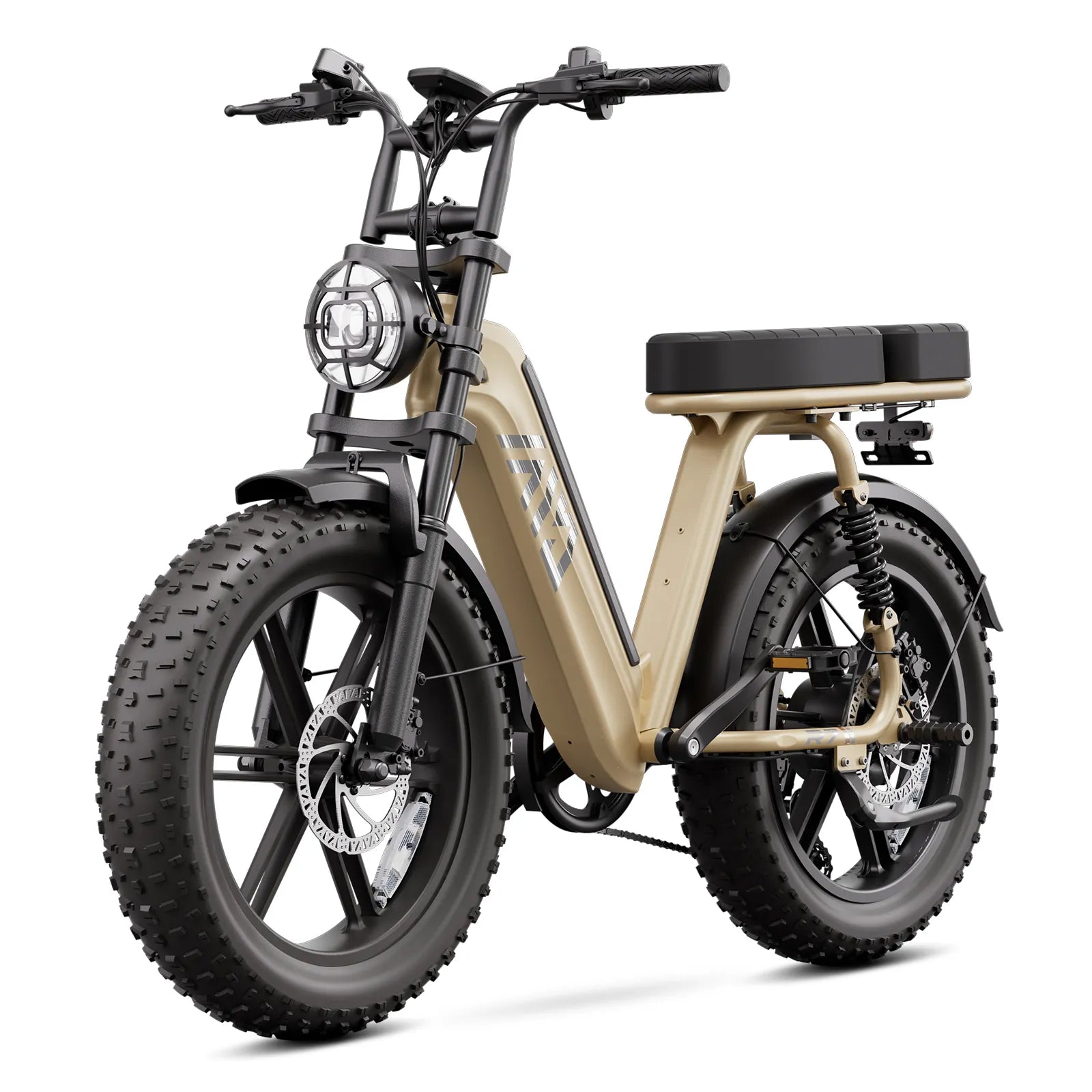
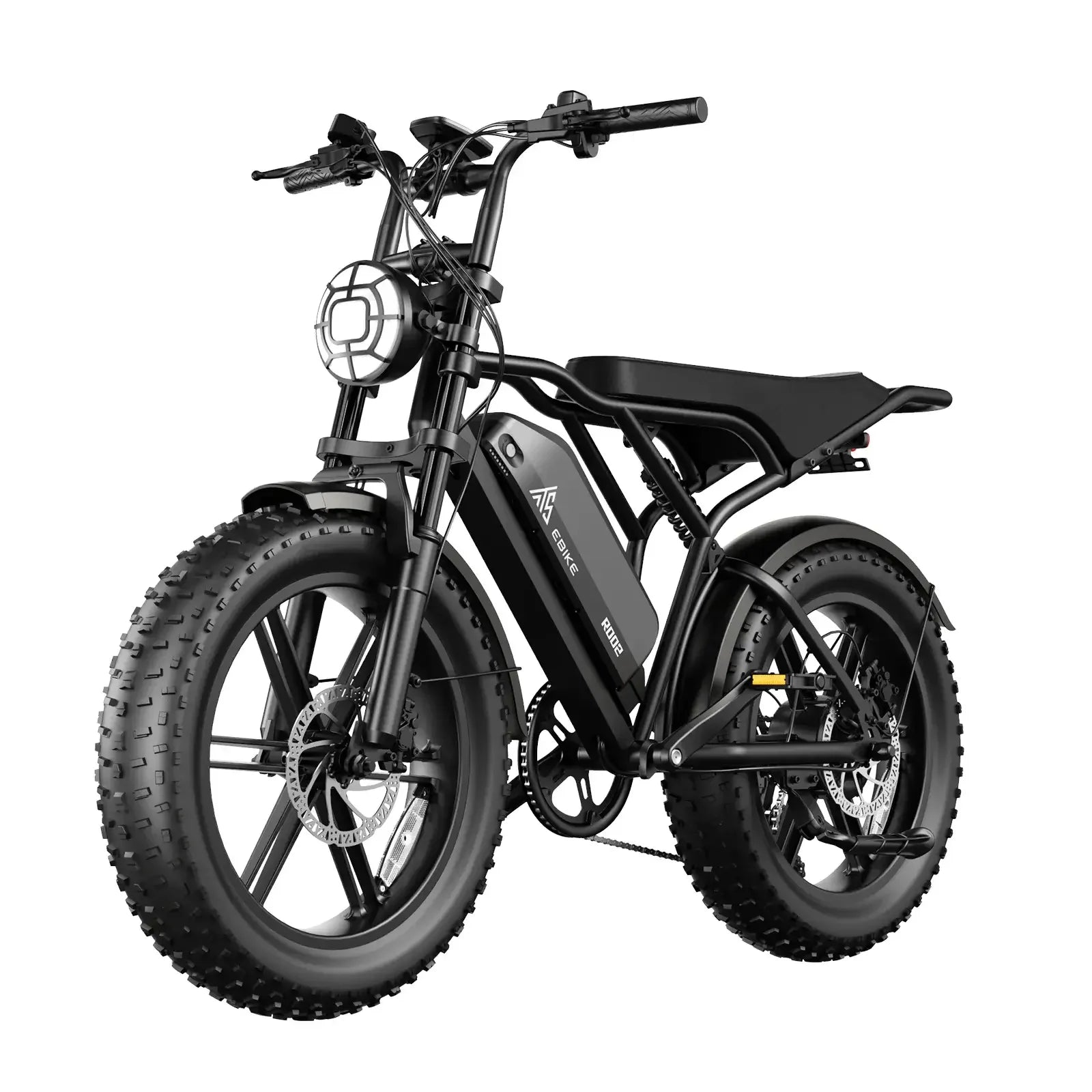

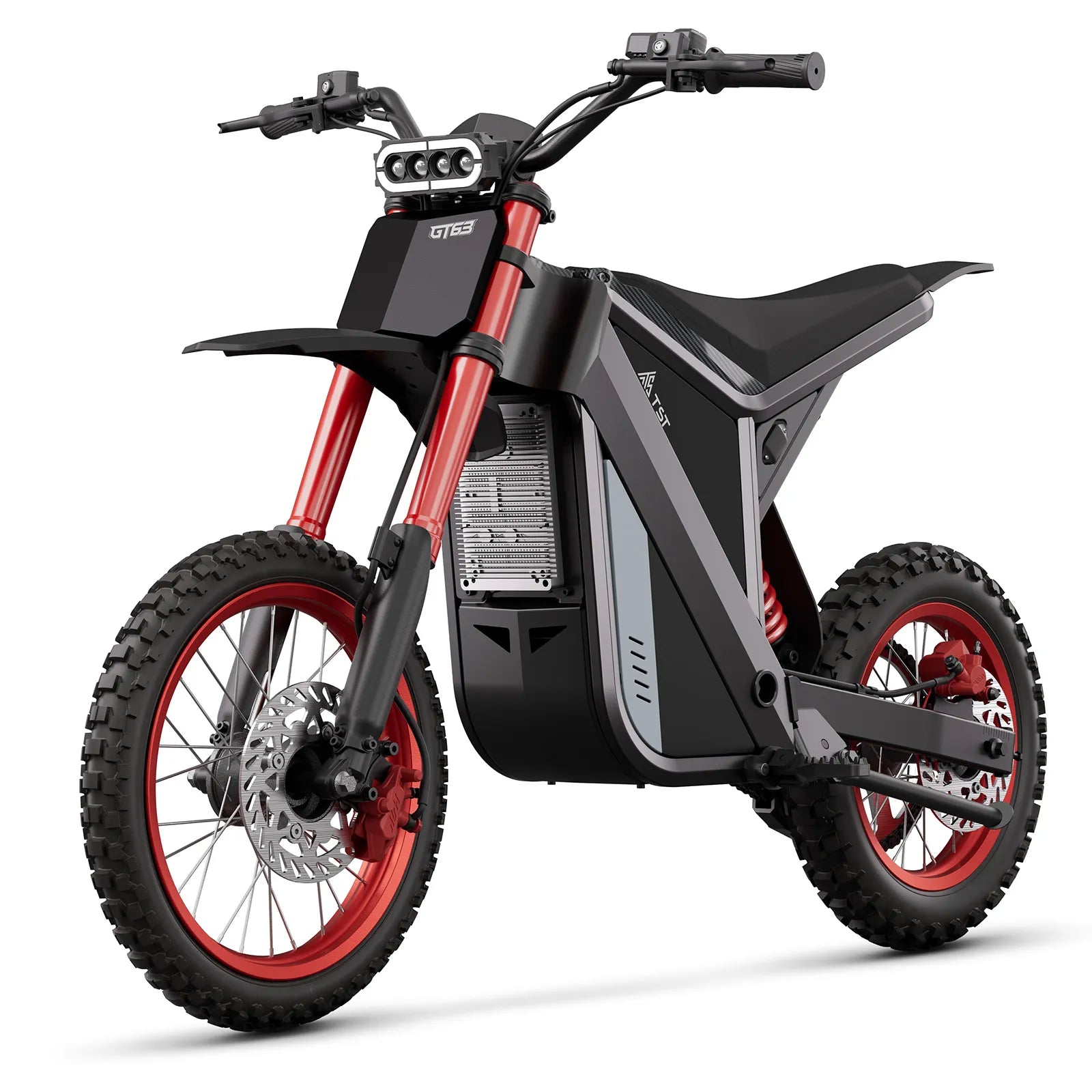
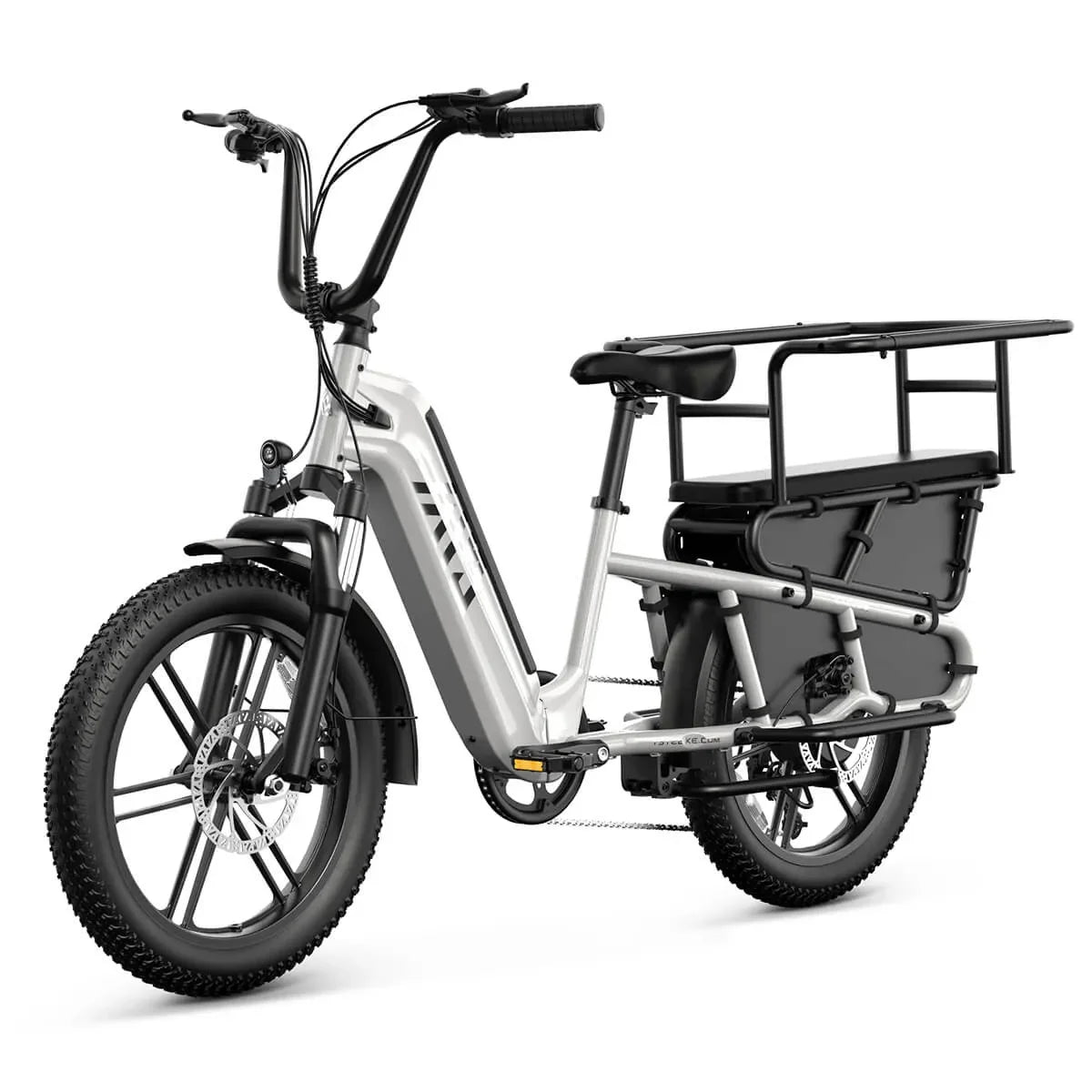
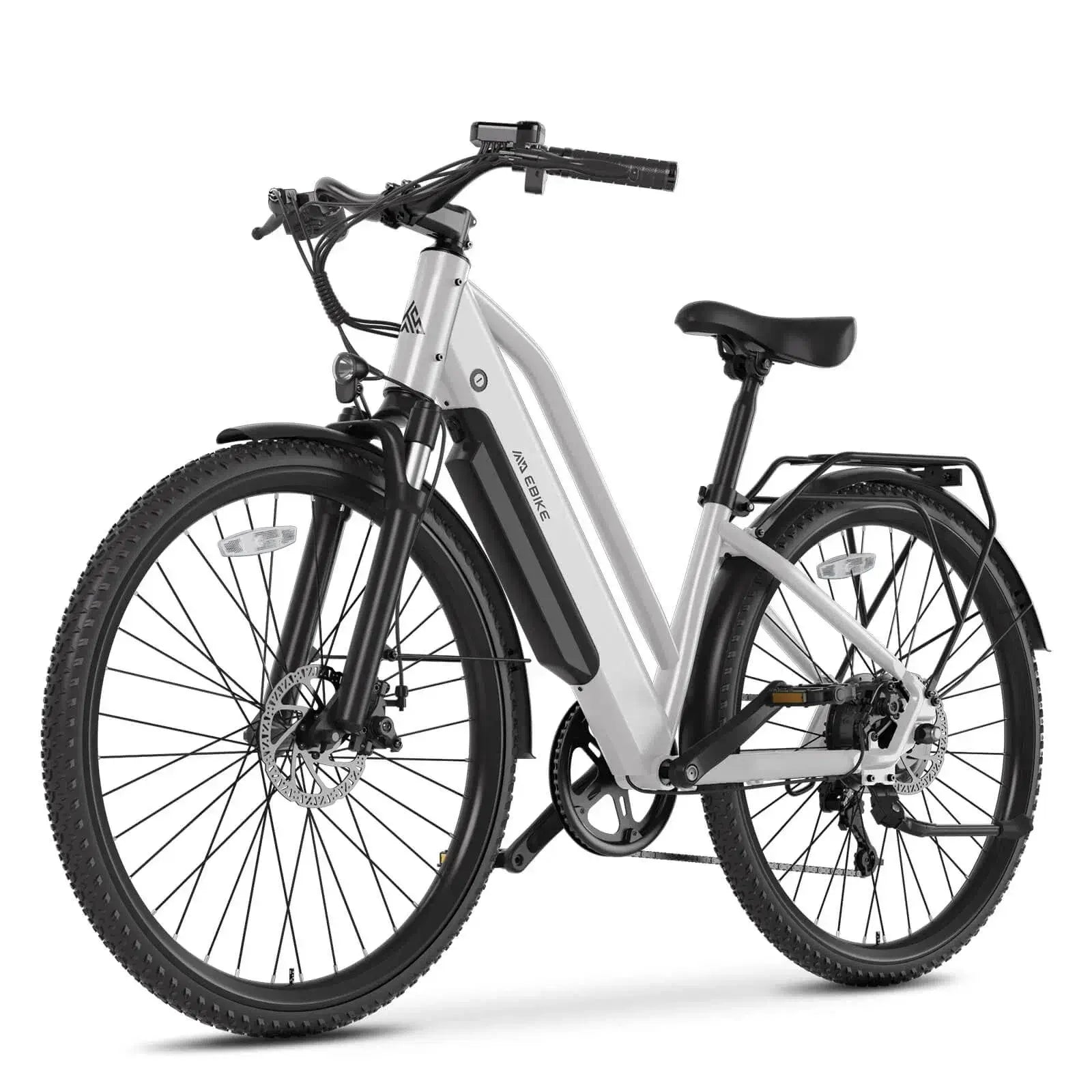
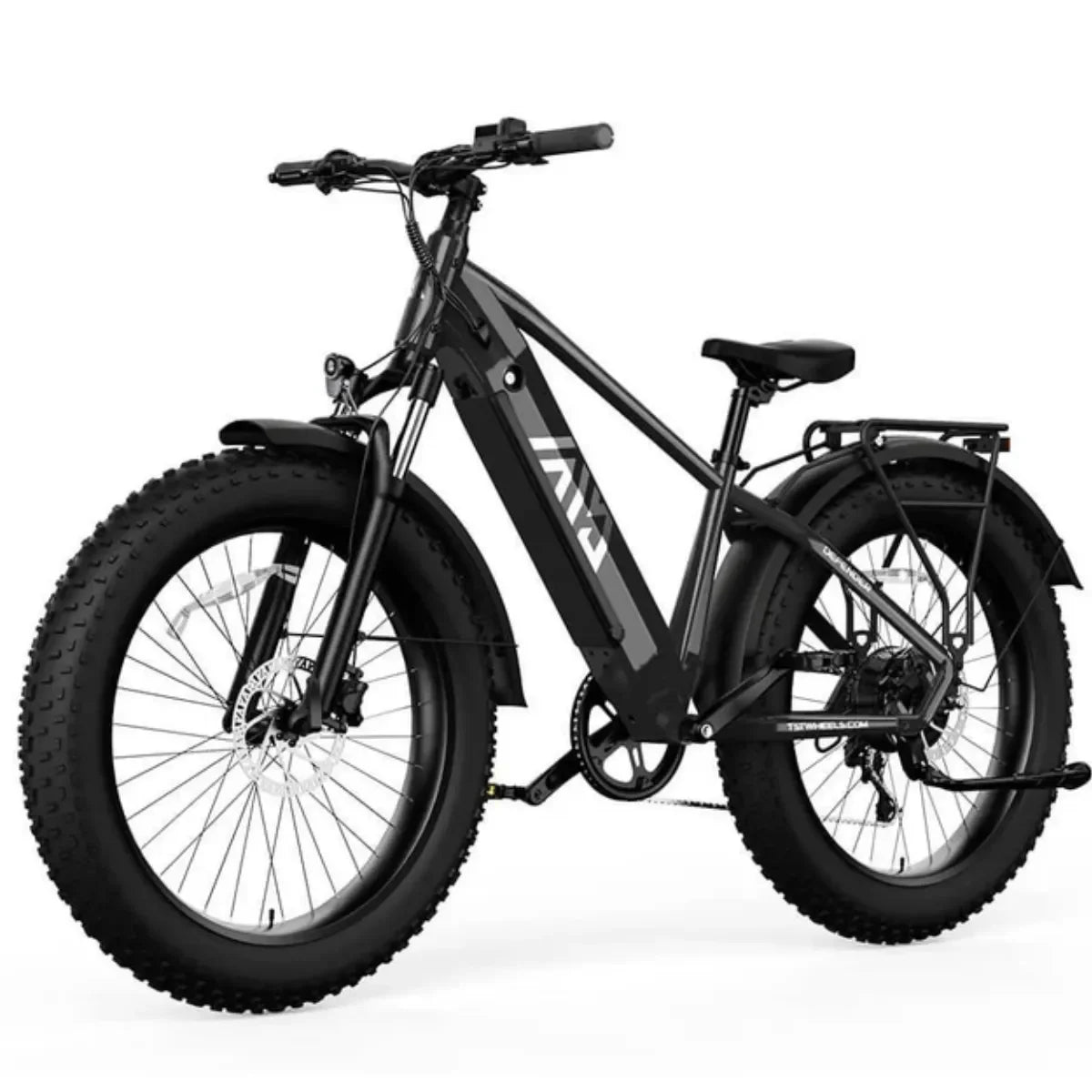
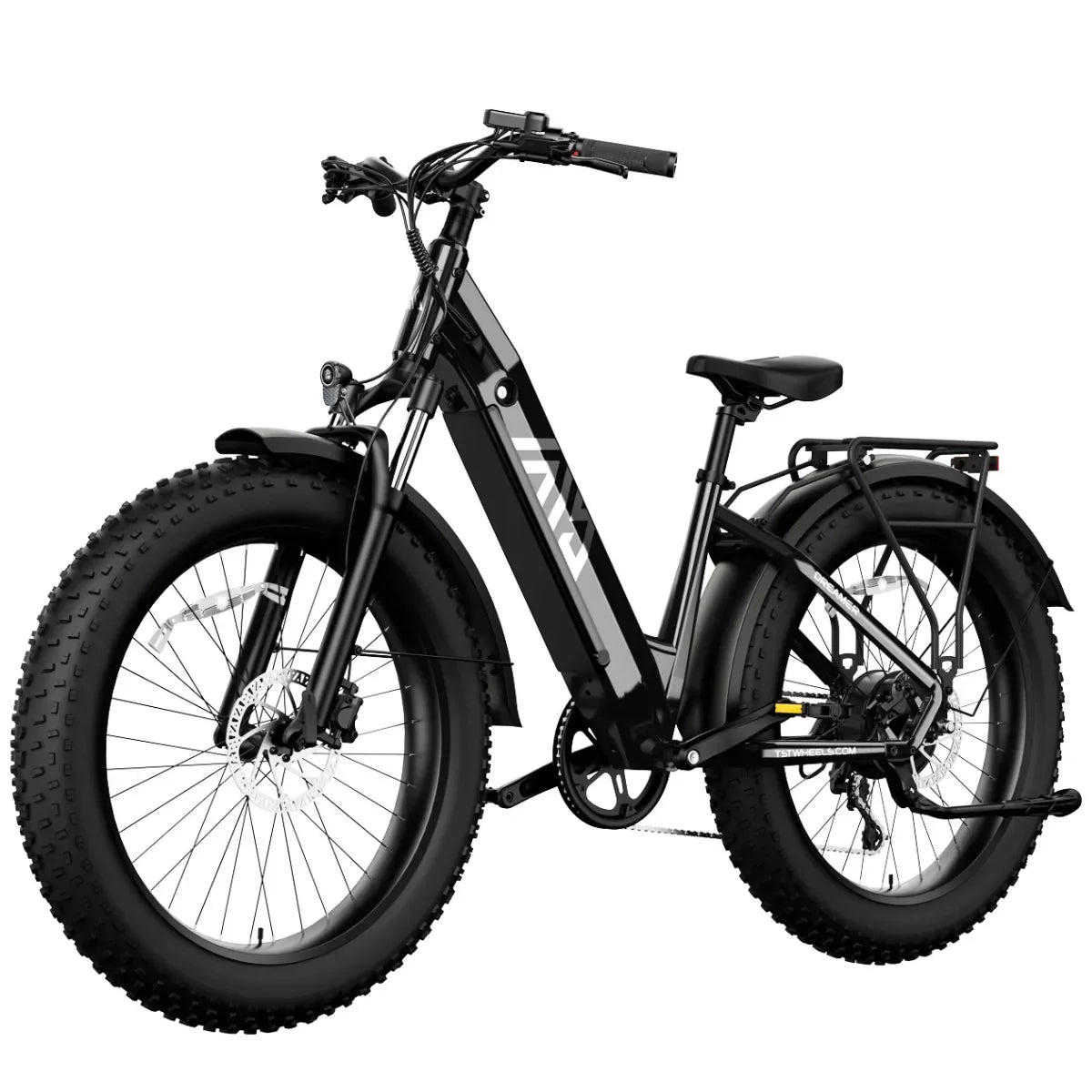

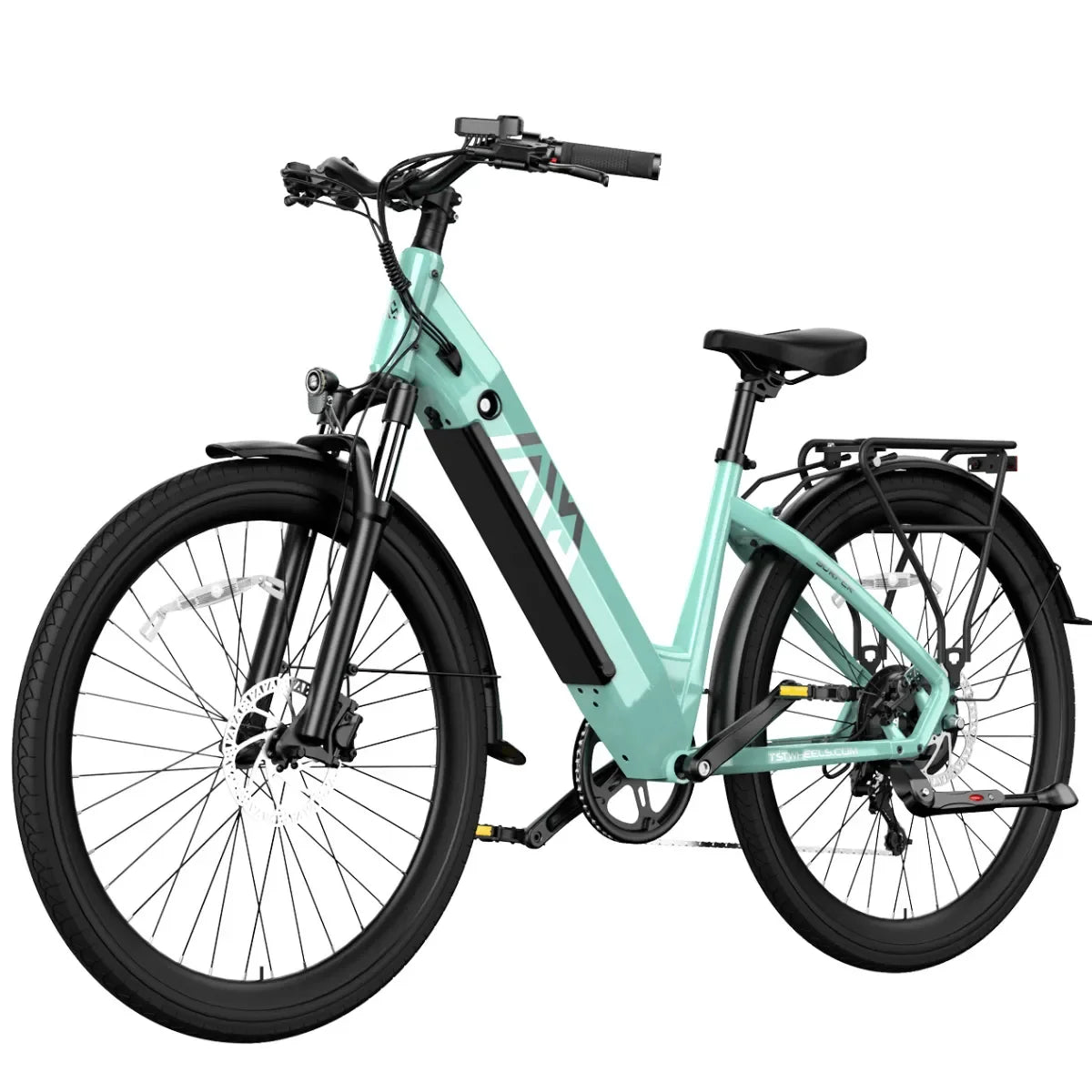
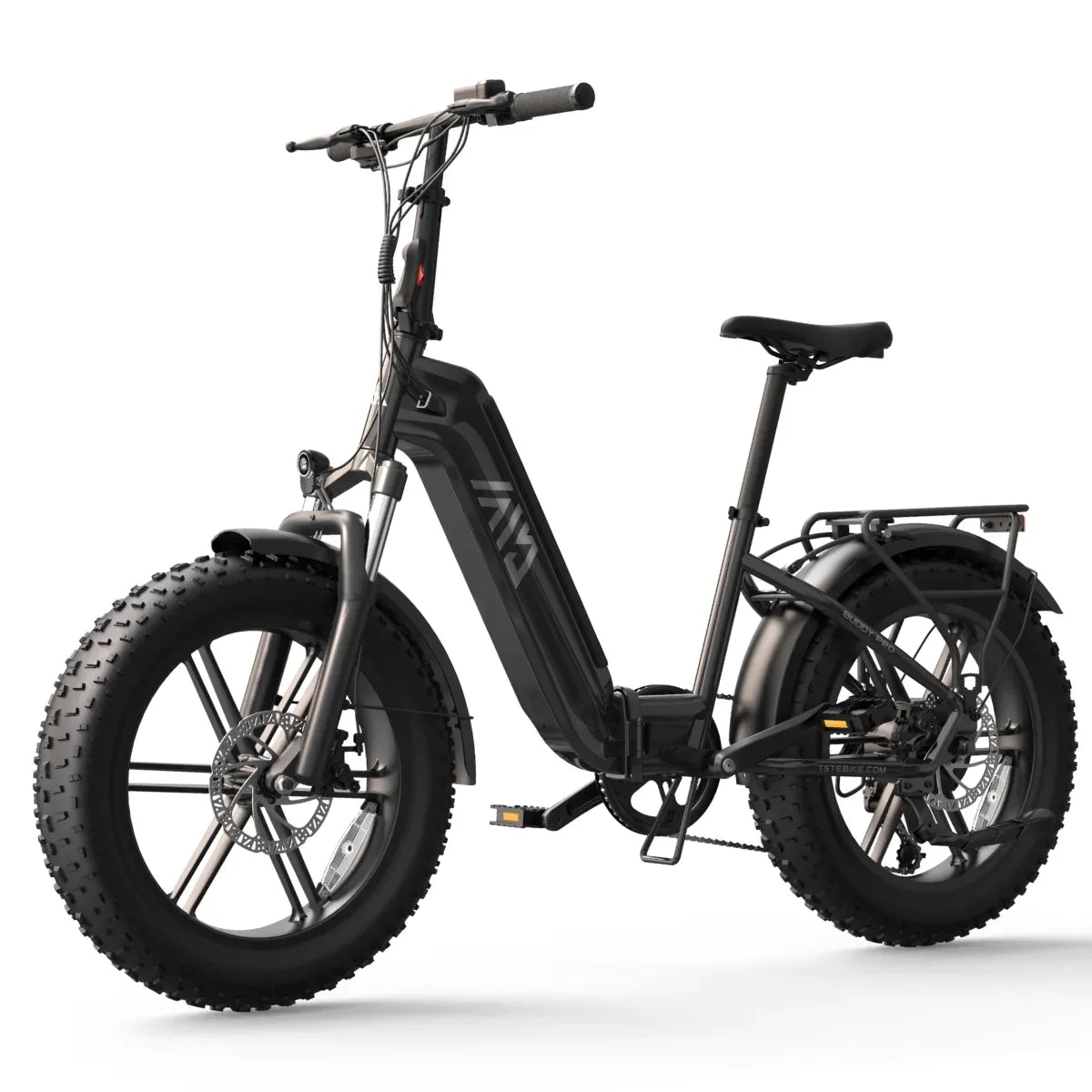
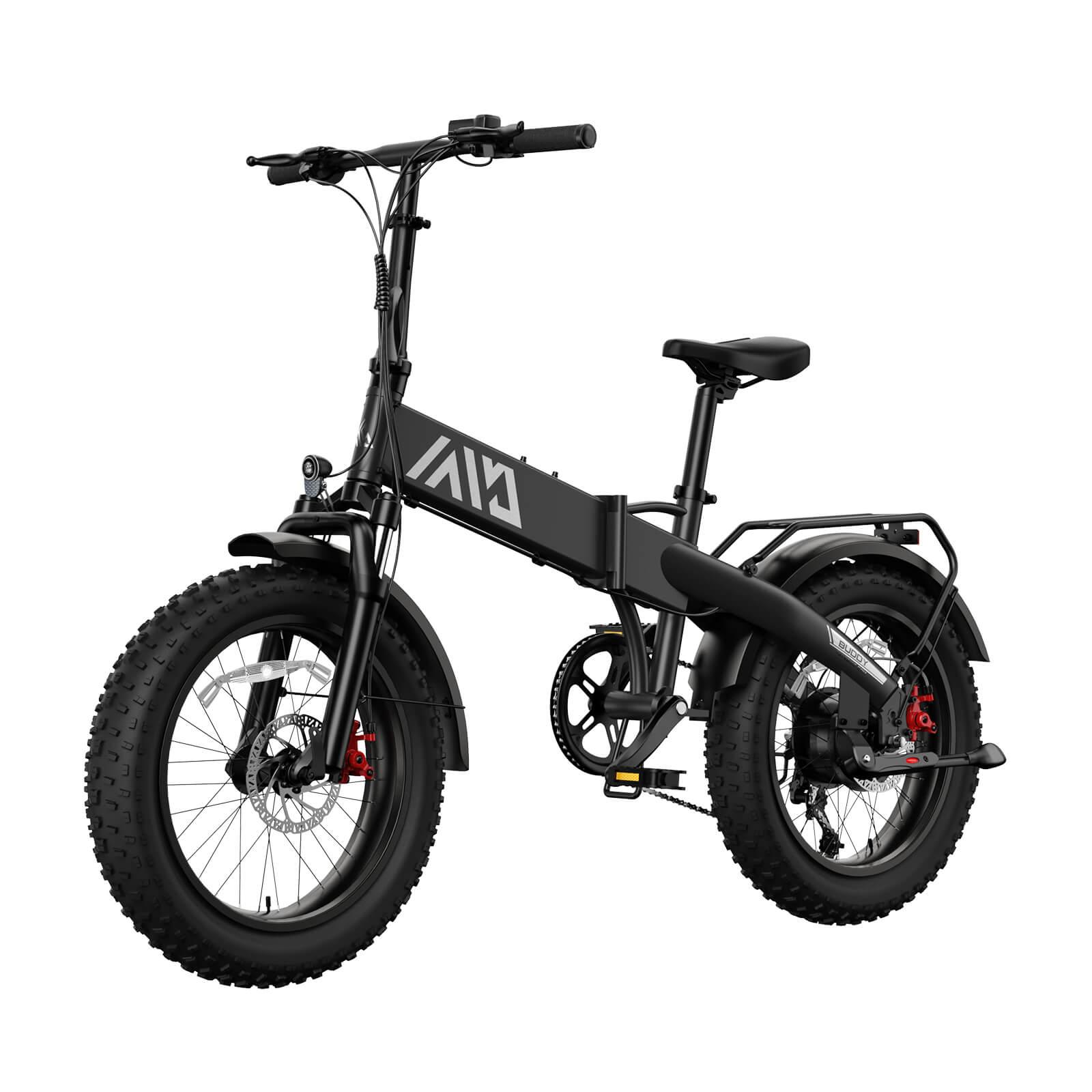
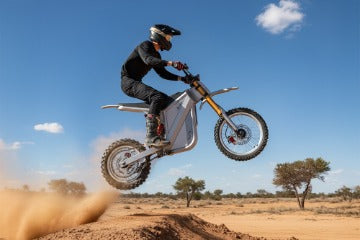
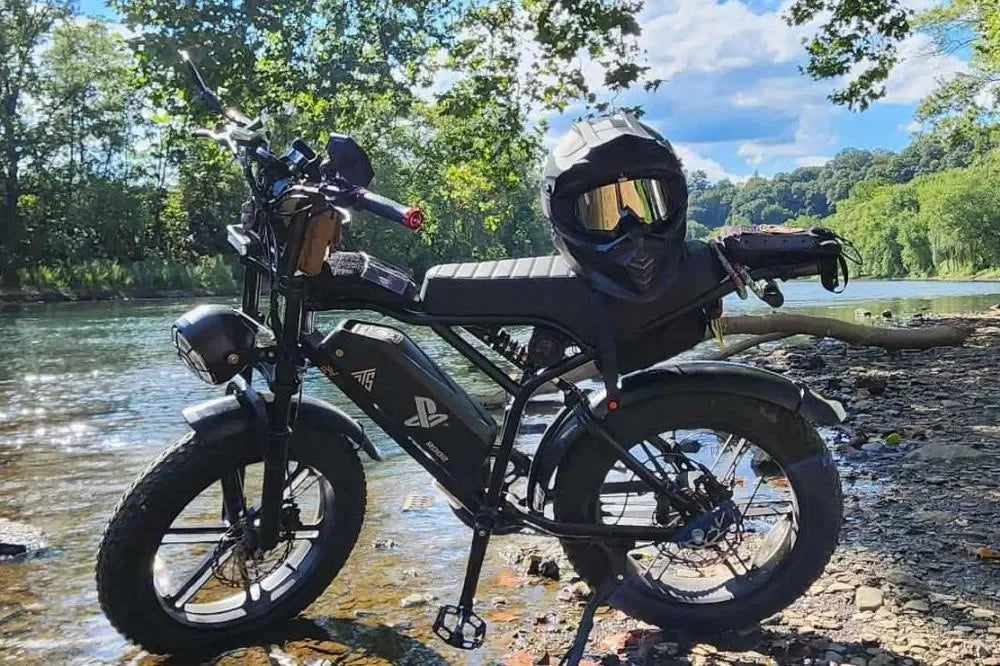
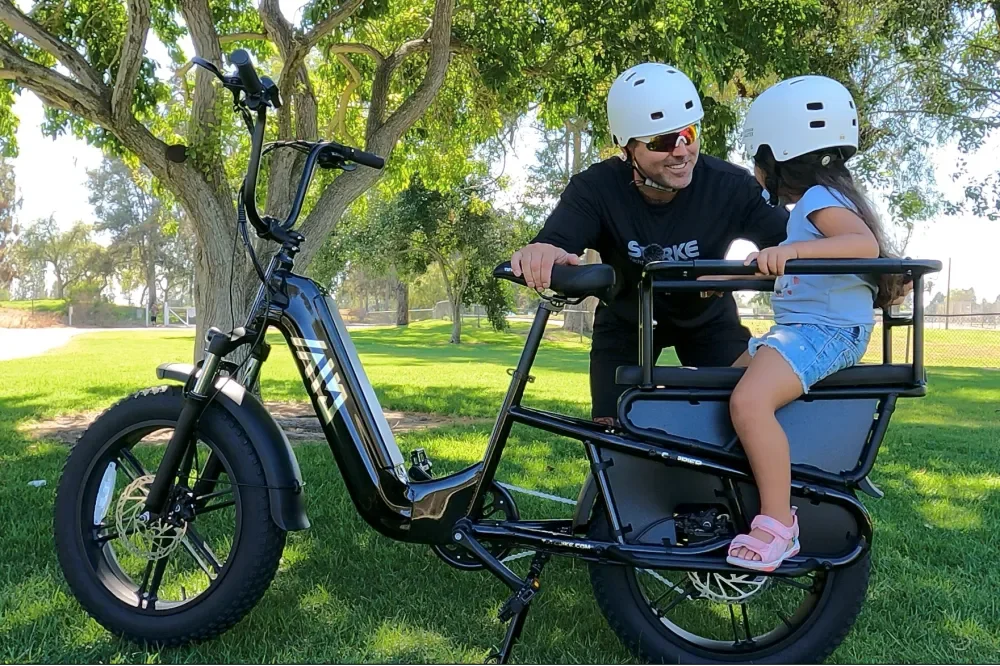
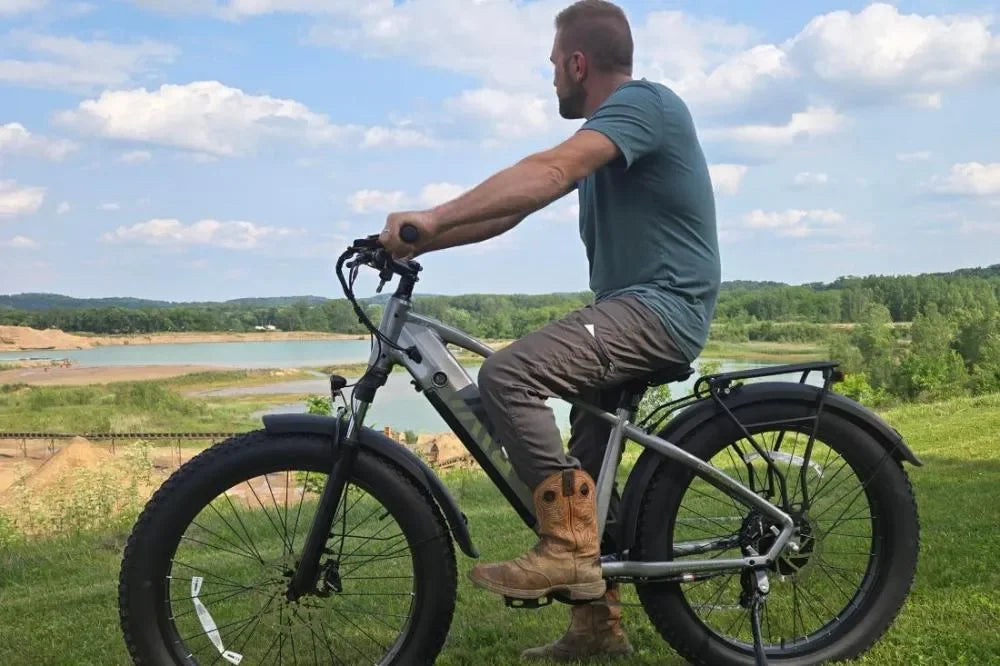
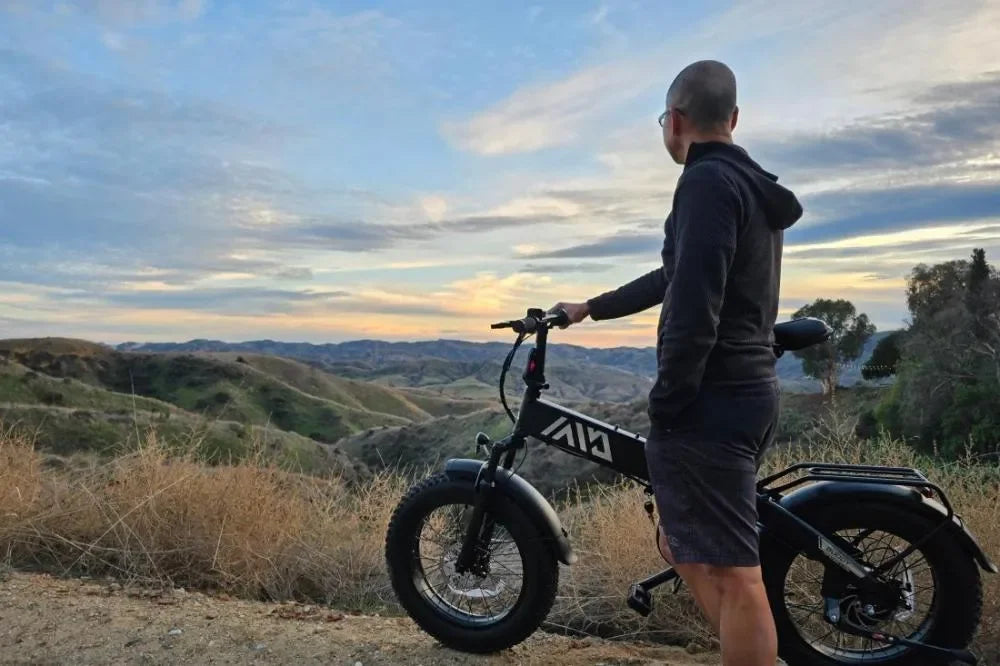
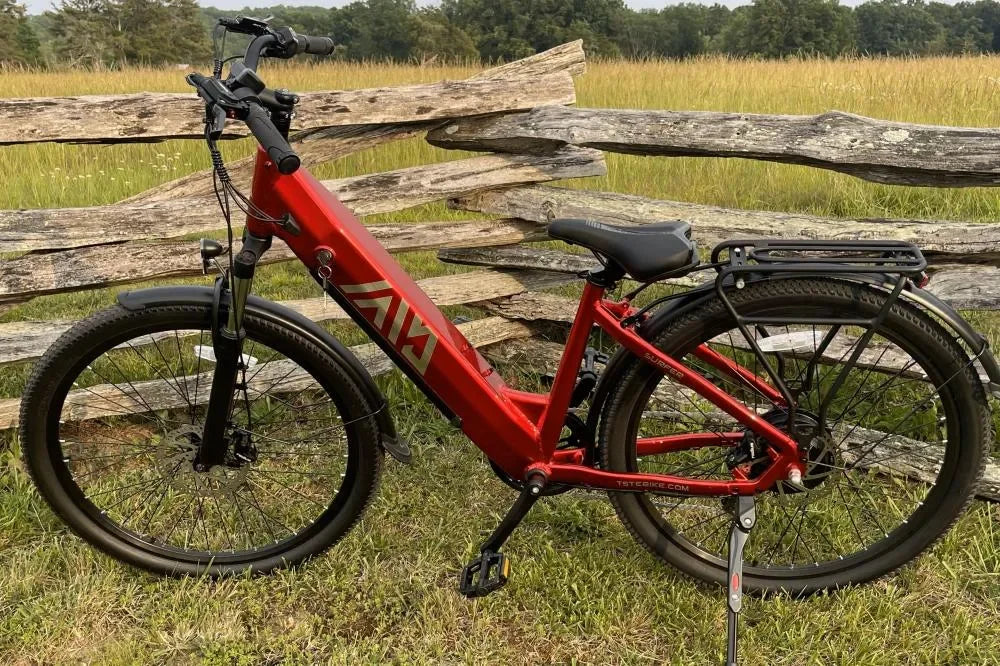
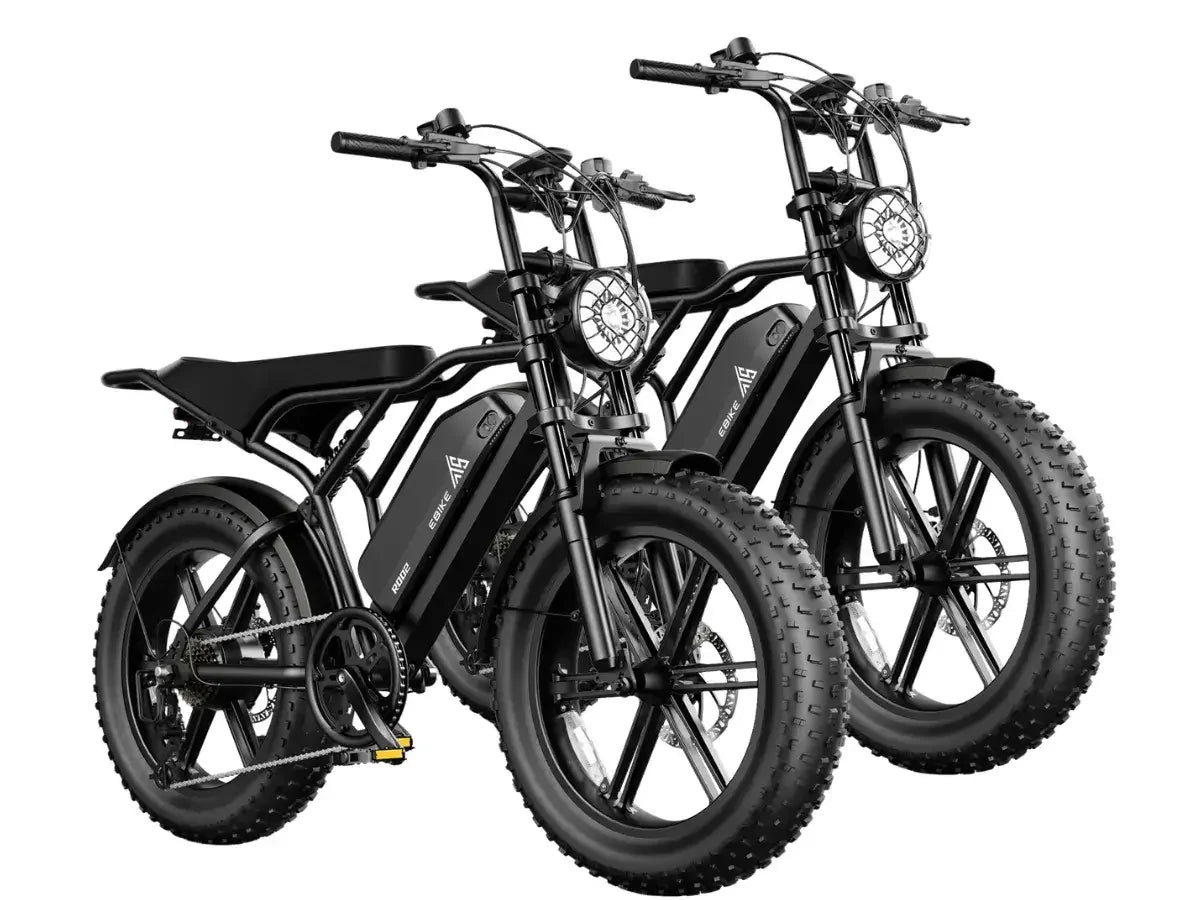
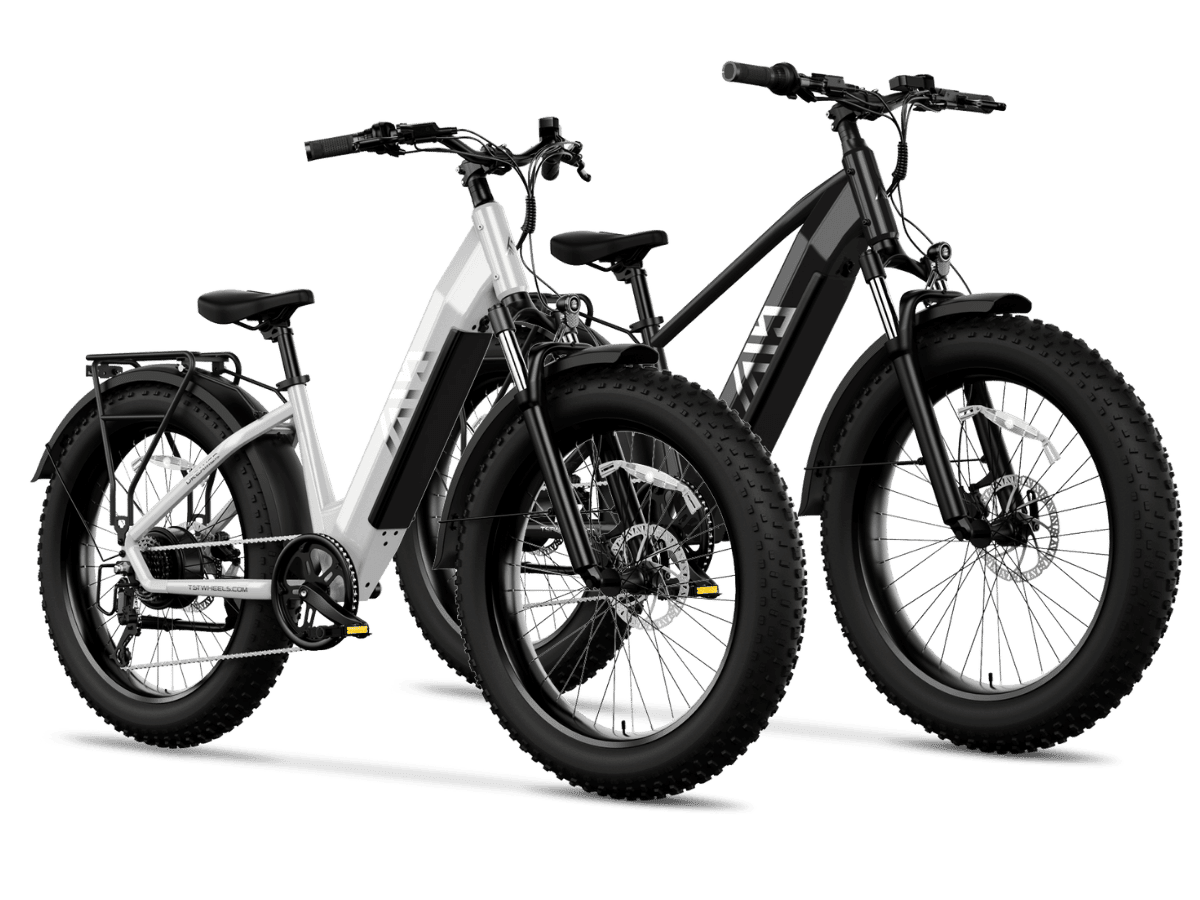
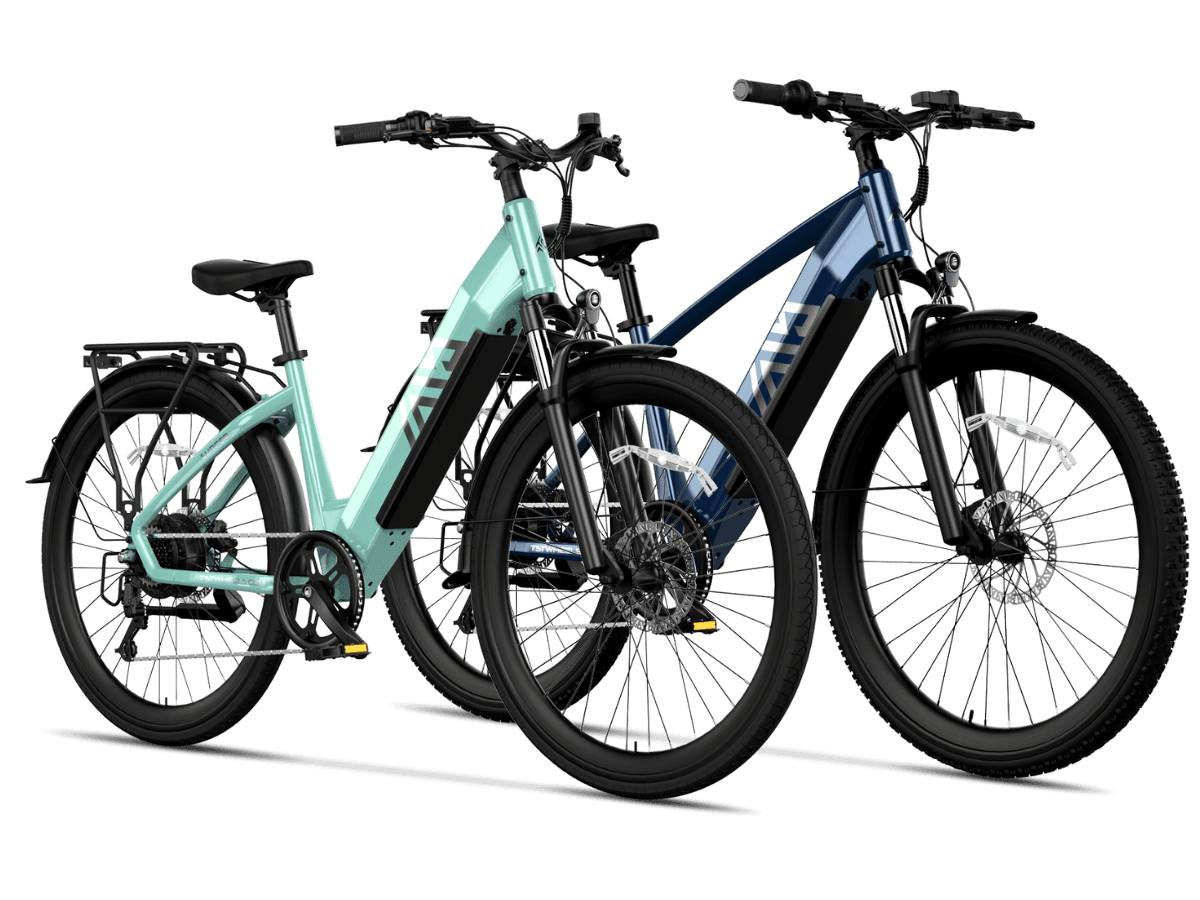
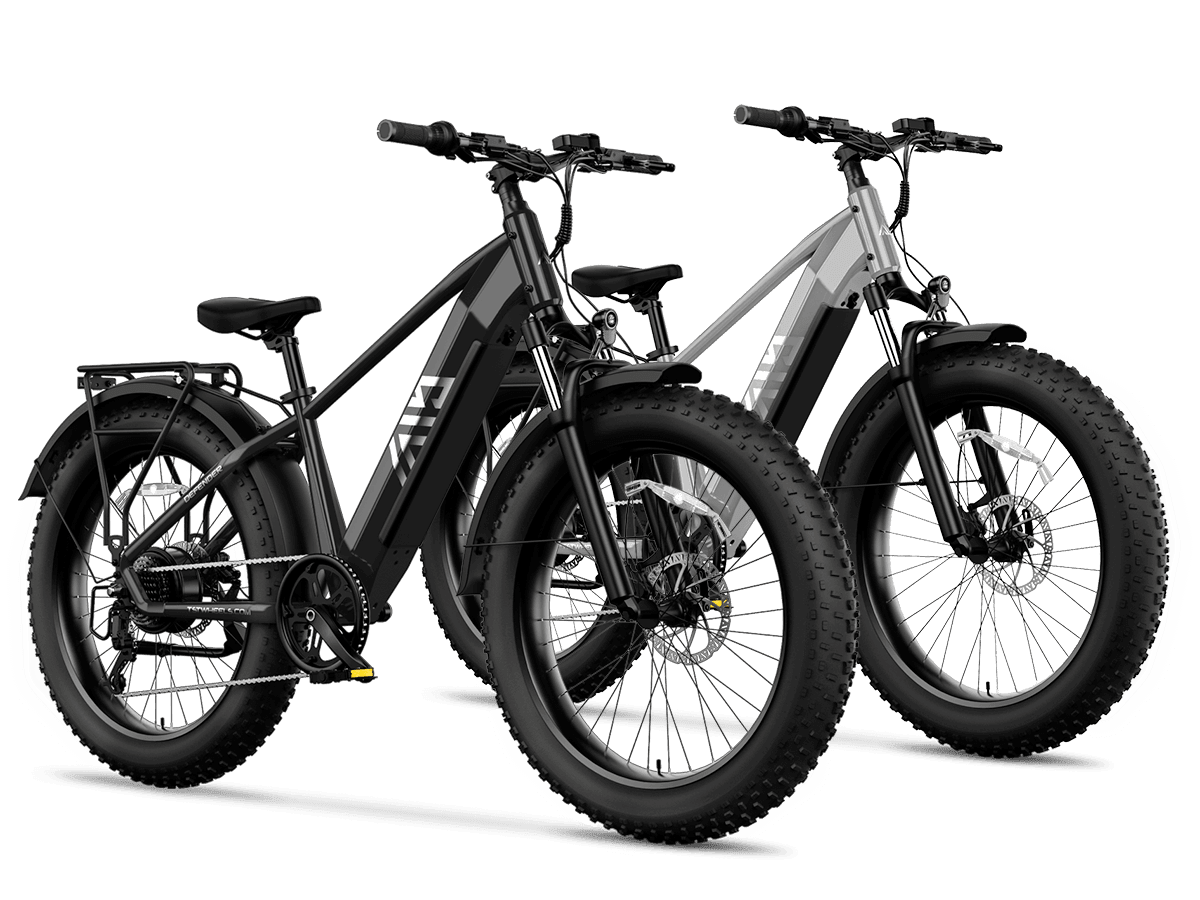
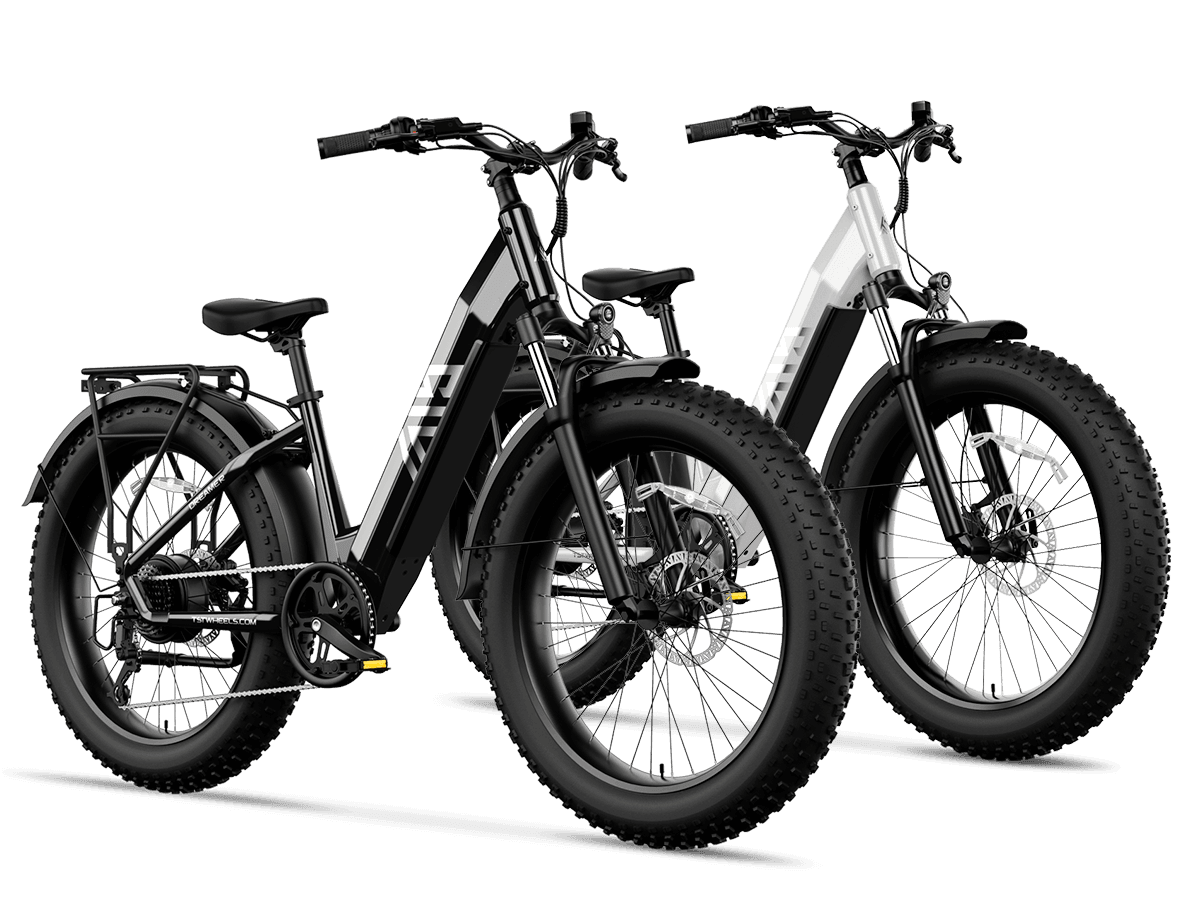
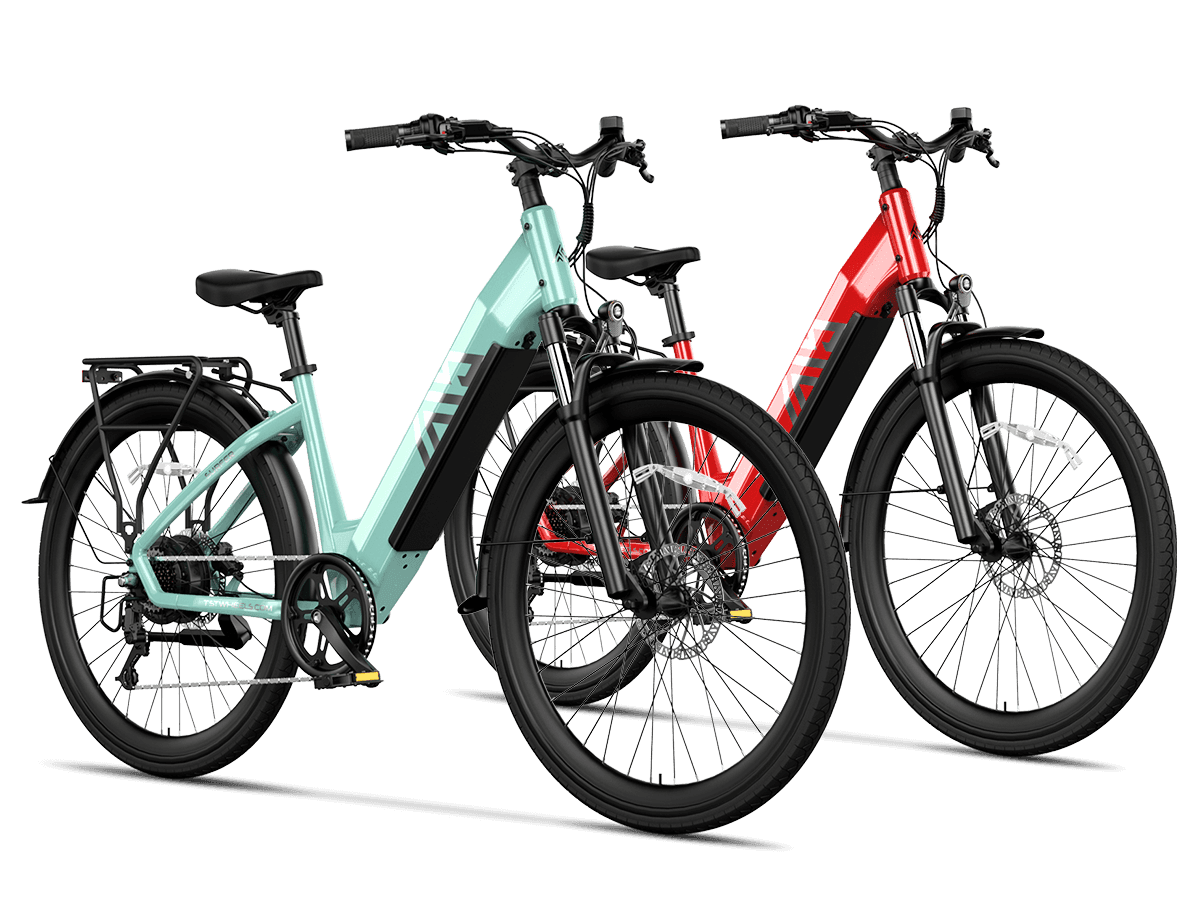
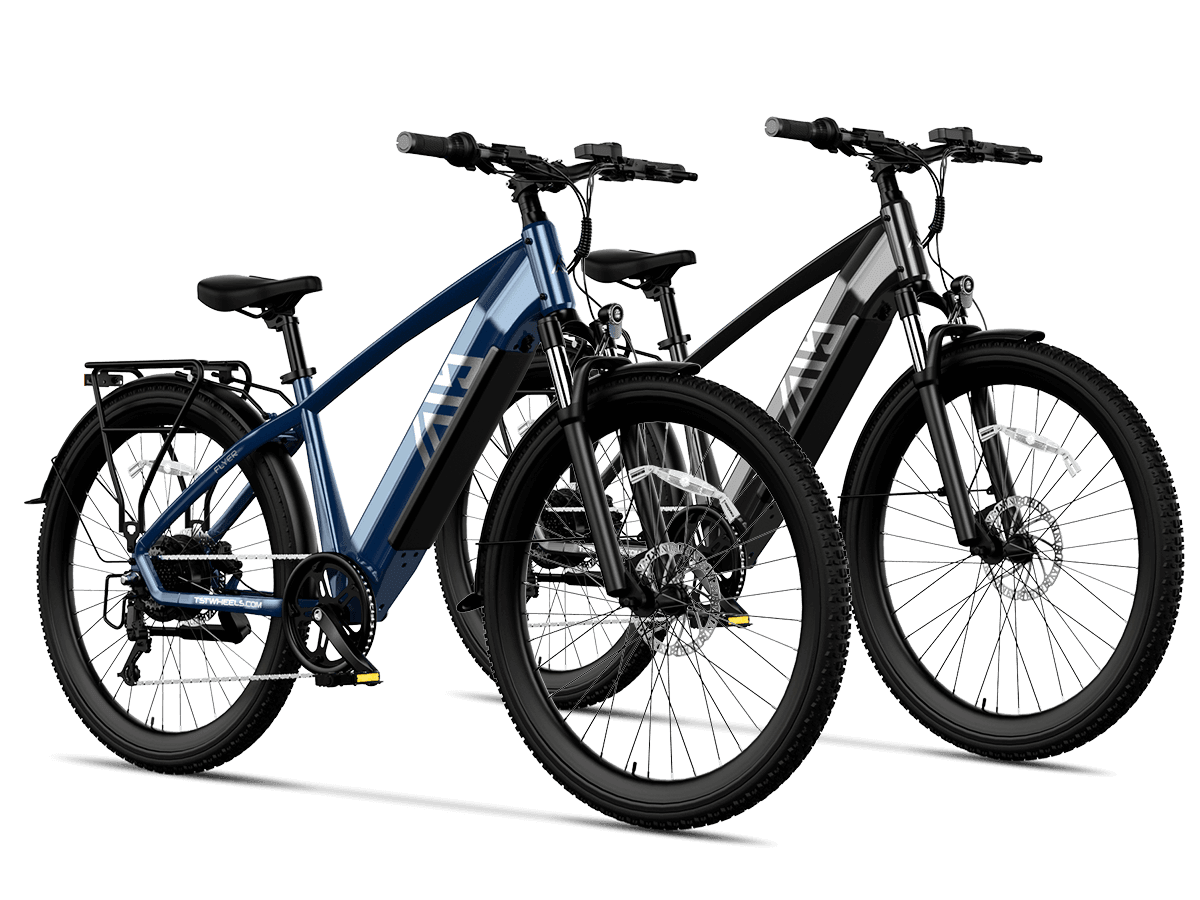
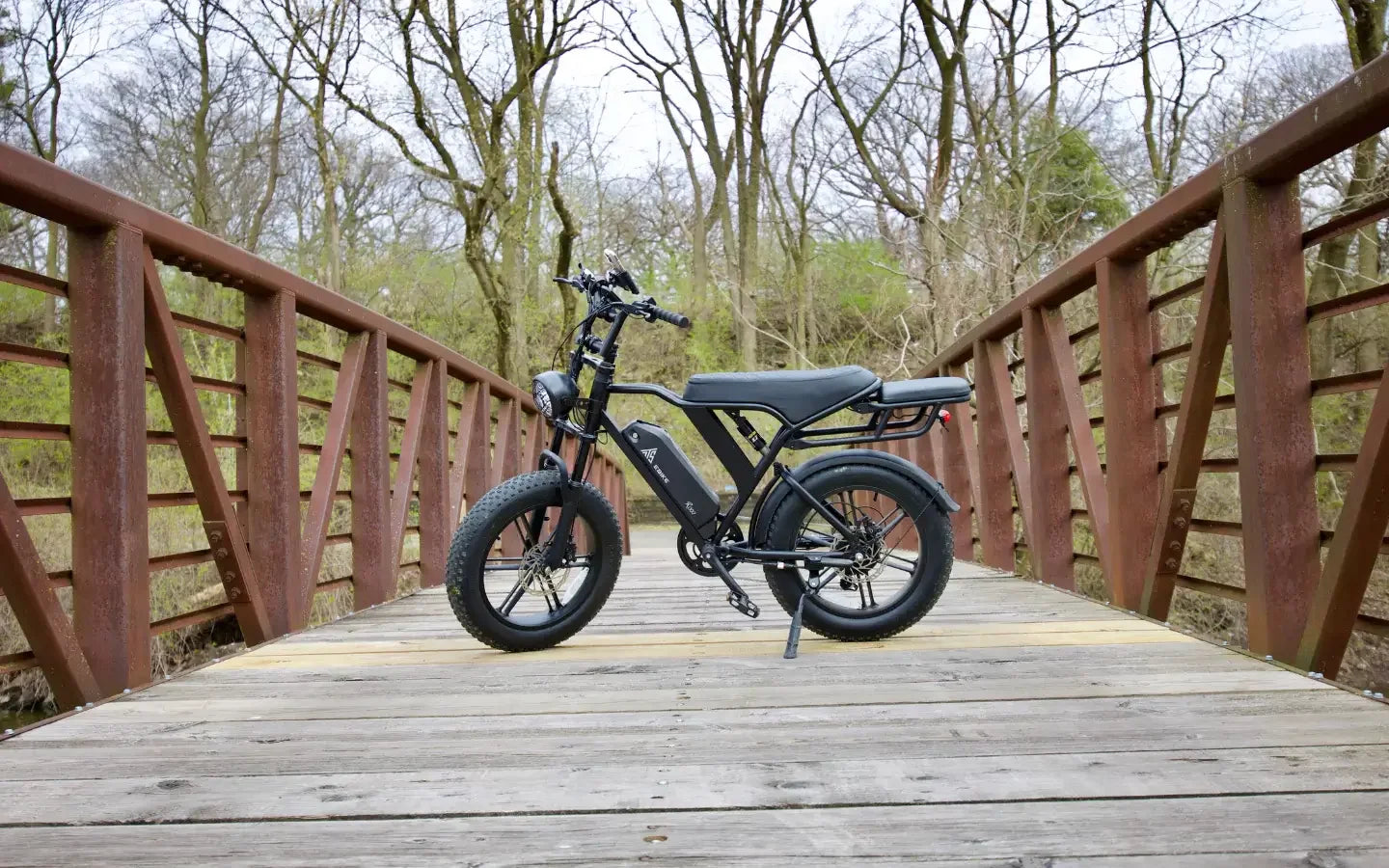
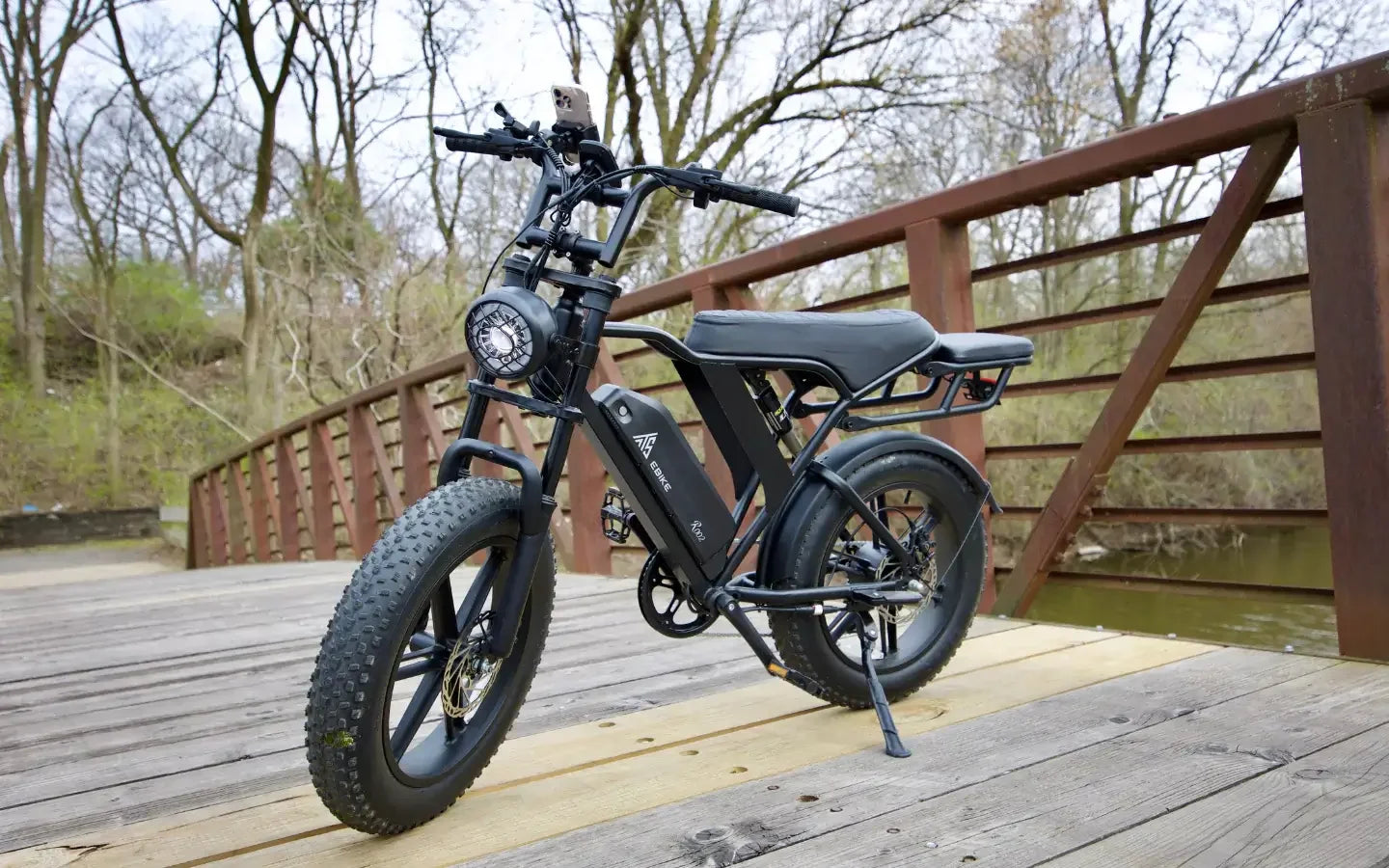
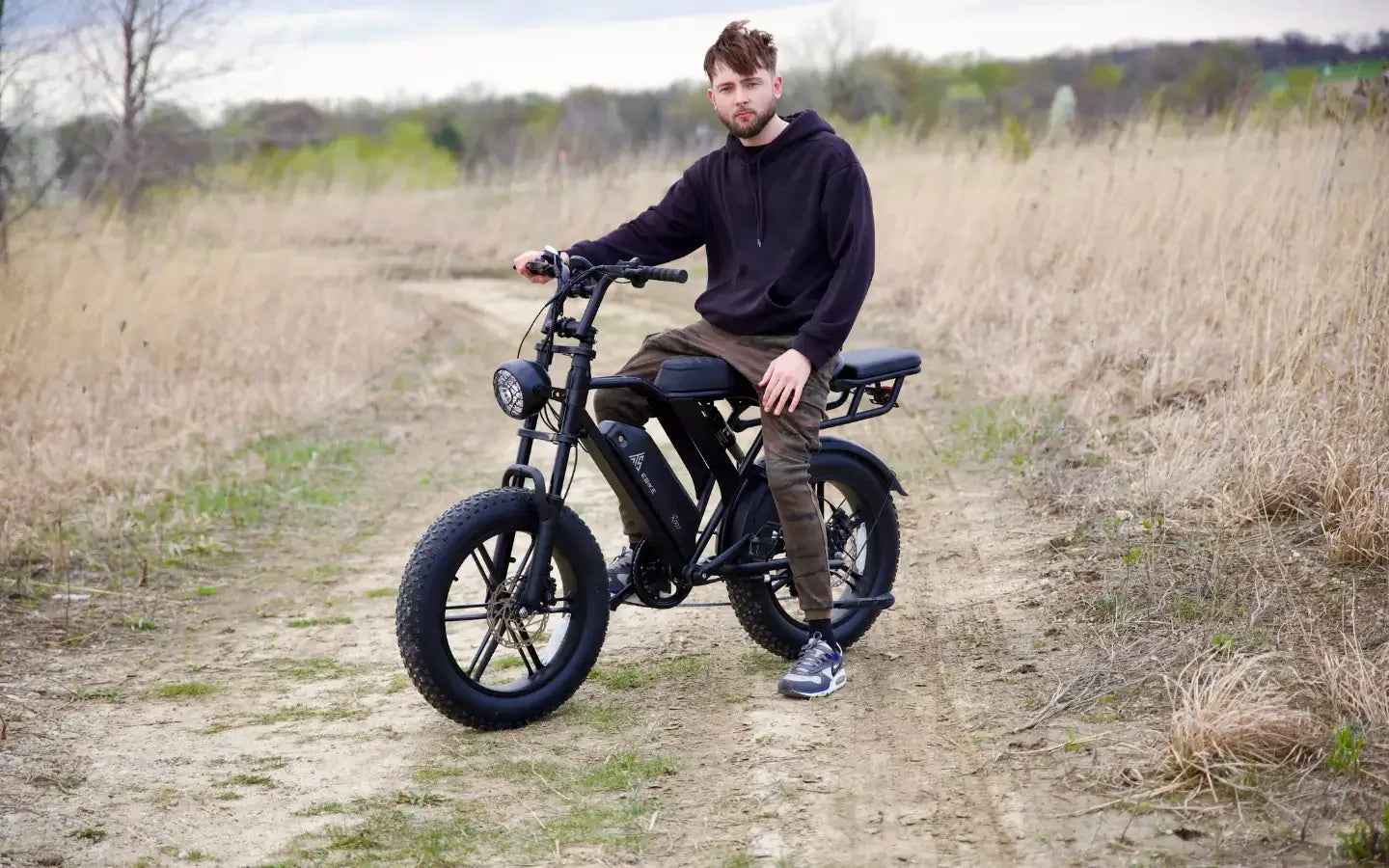
Leave a comment
This site is protected by hCaptcha and the hCaptcha Privacy Policy and Terms of Service apply.